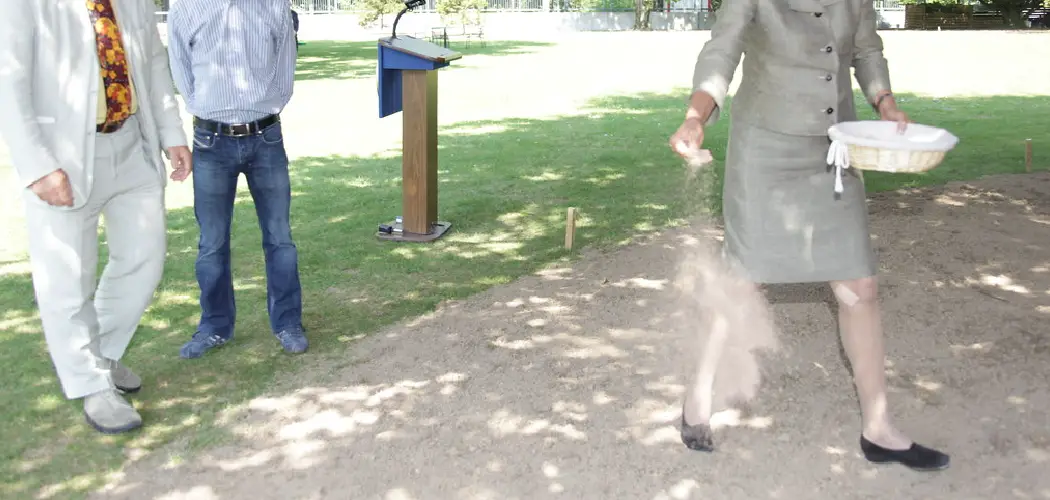Are you an avid gardener looking to get organized? Do you have a variety of garden seeds taking up much-needed space in your home? If so, then you’ve no doubt been searching for ways to store and keep track of them.
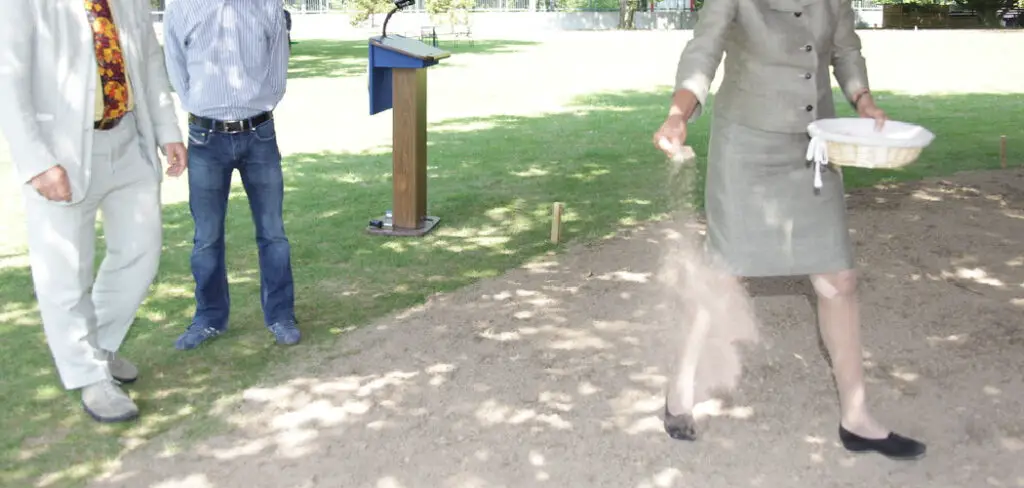
Here’s the good news – with a bit of planning and organization, it is possible to manage those pesky little packets and create more space for other gardening supplies! In this blog post, we will provide tips on how to organize garden seeds so that they remain easy to find and well-managed.
From labeling strategies to efficient storage solutions – we have got the tools you need to stay organized throughout the growing season!
What Is the Best Container for Storing Seeds?
When it comes to storing garden seeds, the best container is one that seals tightly and won’t let any air or moisture in. Most hardware stores carry containers specifically designed for this purpose — usually plastic or glass jars with tight-fitting lids. Be sure to label each jar with the type of seed inside and the date you stored it.
For longer-term storage, it’s best to use freezer-safe containers such as mason jars or vacuum-sealed bags. This way, you can keep your seeds for up to 5 years without them losing quality. If you store it in a cool, dark place, this could even be extended to 10 years or more.
When you’re ready to use the seeds, take them out of storage and let them come to room temperature before planting. This helps prevent any damage from sudden temperature changes and makes it easier for the seed to sprout.
Organizing your garden seeds is essential if you want to have a successful gardening season. The right container and storage method can help you keep your seeds fresh, viable, and ready to plant!
The most important thing to remember when storing garden seeds is to check on them periodically. Even the best containers may not be airtight forever, so it’s a good idea to open up the container briefly every few months to make sure there are no moisture or temperature issues.
This way, you can rest assured that your seeds will be ready for planting when the time comes!
9 Methods How to Organize Garden Seeds
1. Label Each Seed Packet
To help keep your seeds organized, be sure to label each packet with the name of the plant, the date you collected or purchased the seeds, and any other relevant information. This will help you keep track of what seeds you have and when they need to be planted.
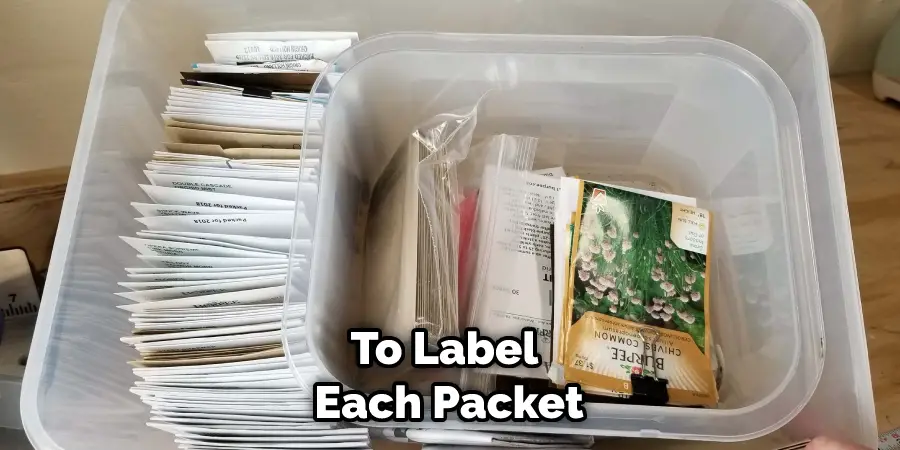
If you’re saving seeds from your own plants, you’ll want to include the variety name and any other information that could help distinguish it from similar varieties. Although this may seem tedious, labeling your packets can save you time and energy down the road.
2. Store in a Cool, Dry Place
Seeds should be stored in a cool, dry place to prevent them from rotting or becoming moldy. A good option is to store them in a sealed container in the refrigerator. This will keep them fresh and prevent any humidity or moisture from getting in. It is also important to make sure the container is airtight so that no oxygen can get inside and cause the seeds to spoil.
Additionally, make sure that you do not store them in direct sunlight, as this will cause them to become too hot and dry out. Finally, it is important to label each container with the name of the seed so that you can easily identify what type of seed it is in the future.
3. Keep Out of Direct Sunlight
Seeds should also be kept out of direct sunlight, as this can cause them to dry out or become overheated. Direct sunlight can also damage the delicate seed coat.
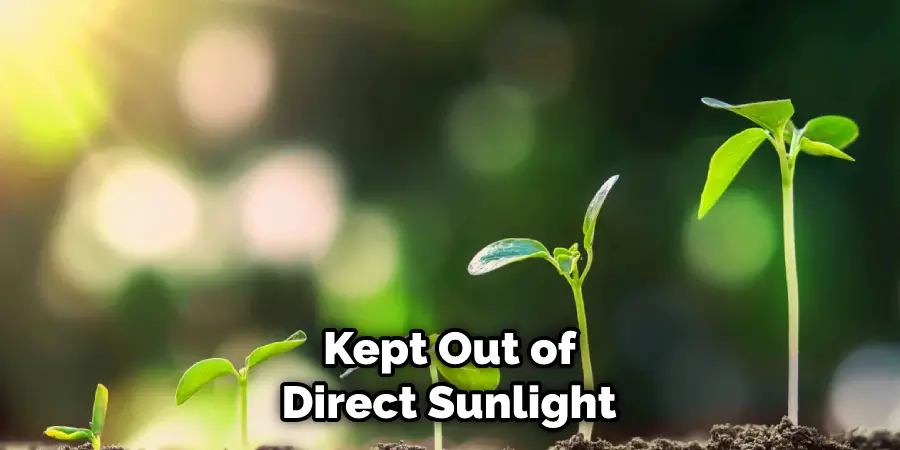
If you need to store seeds in a sunny location, be sure to keep them in an airtight container or bag and place them in a cool, dry area where they won’t be exposed to direct sunlight.
Additionally, it is best to keep your seeds away from areas that are prone to drastic temperature fluctuations. While some seeds can tolerate some temperature variation, extreme temperatures can negatively affect the viability of your garden seeds.
4. Use Dividers in Containers
If you are storing your seeds in containers, consider using dividers to help keep them organized. This will help you quickly find the seeds you need without having to dig through a pile of them. You can use index cards, foam boards, or plastic dividers to separate different types of seeds in the same bin.
Label each divider with the type of seed it contains for easy reference, and organize the dividers in alphabetical order. This will save you time when trying to find a specific type of seed. Additionally, adding a piece of desiccant to each container will keep the seeds dry and prevent them from going bad.
5. Sort by Type
One way to organize your seeds is to sort them by type. For example, you could keep all of your vegetable seeds together, all of your flower seeds together, and all of your herb seeds together. This will make it easy to find the seeds you need for specific plants. It will also help you keep track of the different varieties of each type of seed.
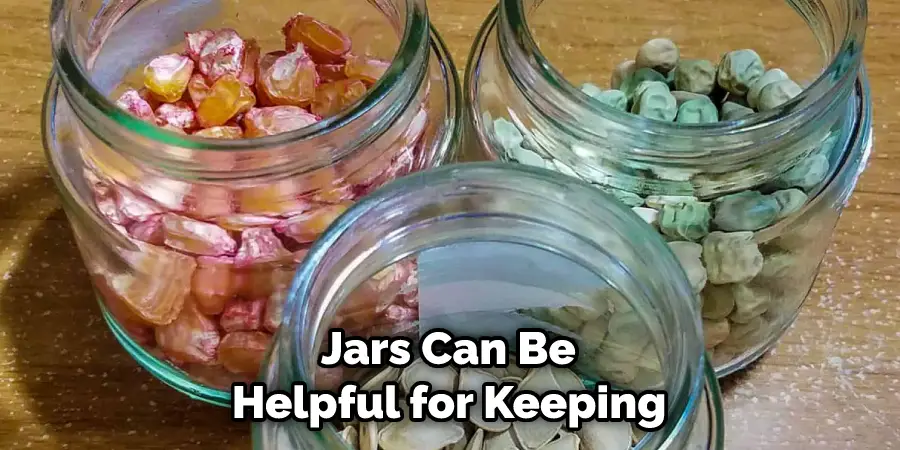
If you have a lot of different types of seeds, labeled containers or jars can be helpful for keeping them organized this way. However, if you don’t have that wide different variety, you may not need to go to the trouble of labeling containers.
6. Sort by Planting Date
Another way to organize your seeds is to sort them by planting date. This will ensure that you plant the correct seeds at the correct time of year. Simply group together all of the seeds that need to be planted in spring, summer, fall, and winter. This allows for easy access to the seed packets when you are ready to plant.
Additionally, if you plan on saving some of your own seeds from year to year, you can make sure to store the correct seeds in a designated spot.
This doesn’t have to be complicated – just use plastic bags with labels or jars to store the saved seeds.
You can also make a note of the planting date for each type of seed so you remember when to plant them the following year. By organizing your seeds this way, you can make sure that you have the perfect planting schedule for each season.
7. Sort by Location
If you have a large garden, you may want to organize your seeds by location. This will help you know where each type of plant needs to be grown. For example, you could keep all of your sun-loving plants together and all of your shade-loving plants together. This will help you quickly identify where each type of seed needs to be planted.
It may also make it easier to plan out when and where different plants need to be managed. Additionally, sorting by location can help you plan which plants will thrive in different parts of the garden.
8. Use a Seed Catalog or Chart
If you are unsure about how to organize your garden seeds, consider using a seed catalog or chart. These helpful resources can provide guidance on which types of plants need to be grown together and when they need to be planted. They can also offer helpful tips on seed storage and germination rates.
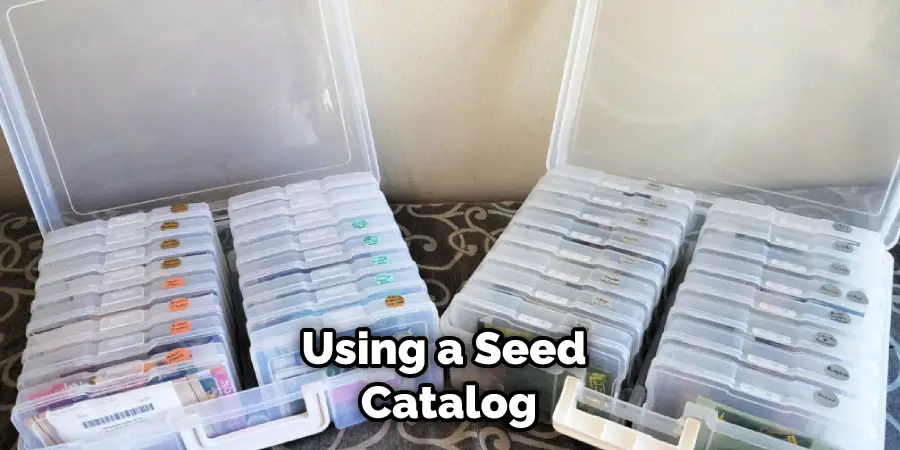
Additionally, a seed chart can help you to determine how long each type of seed will last before it needs to be replaced. By using these resources, you can ensure that you are planting the right seeds in the right order to create a successful and productive garden.
9. Keep Records of Plantings
Finally, it’s a good idea to keep records of what you plant and when. This will help you stay on top of your garden maintenance and provide valuable information for future planting seasons. You can find helpful templates online or create your own record-keeping system.
Be sure to note what works and what doesn’t, so you can make the most of your future plantings. With a little organization and handy records, you’ll be well on your way to a successful growing season!
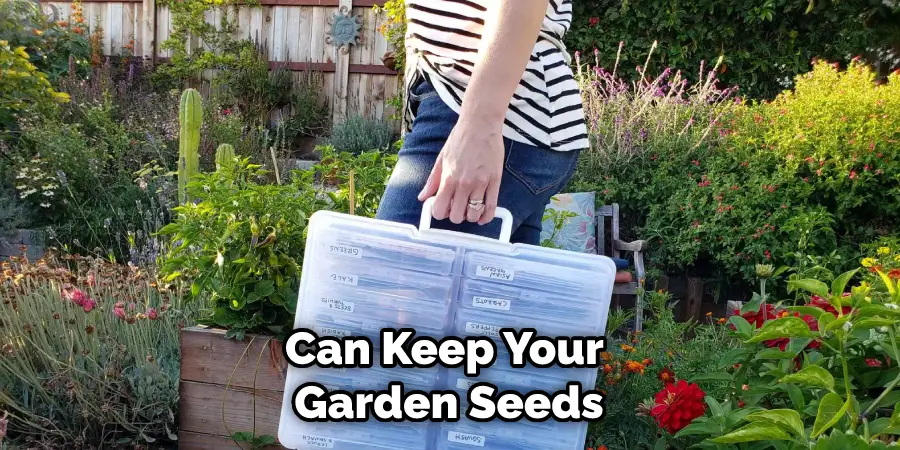
By following these tips, you’ll be well on your way to a successful gardening season! With the right storage and organization methods, you can keep your garden seeds fresh, viable, and ready to plant. Now get out there and start planting!
Conclusion
With a little time and organization, you can get your garden seeds in order before the planting season. By following these tips for how to organize garden seeds, you can be sure that you have what you need on hand when it’s time to start gardening. And with a well-organized system, you’ll be able to find the seeds you need quickly and easily.
So take some time now to get your garden seed collection organized. It will pay off come spring!
About
Outdoor Fixes is a distinguished figure in the world of Diy design, with a decade of expertise creating innovative and sustainable Diy solutions.
His professional focus lies in merging traditional craftsmanship with modern manufacturing techniques,
fostering designs that are both practical and environmentally conscious. As the author of diy,
outdoorfixes delves into the art and science of outdoorfixes-making, inspiring artisans and industry professionals alike.
Education RMIT University
(Melbourne, Australia) Associate Degree in Design (Outdoor Fixes) Focus on sustainable design, industry-driven projects,
and practical craftsmanship. Gained hands-on experience with traditional and digital manufacturing tools, such as CAD and CNC software.
Nottingham Trent University
(United Kingdom) Bachelor’s in outdoorfixes.com and Product Design (Honors) Specialized in product design with a focus on blending creativity with production
techniques. Participated in industry projects, working with companies like John Lewis and Vitsoe to gain real-world insights.
Publications and Impact
In diy, Outdoor Fixes his insights on indoor design processes, materials, and strategies for efficient production.
His writing bridges the gap between artisan knowledge and modern industry needs, making it a must-read for both budding designers and seasoned professionals.

